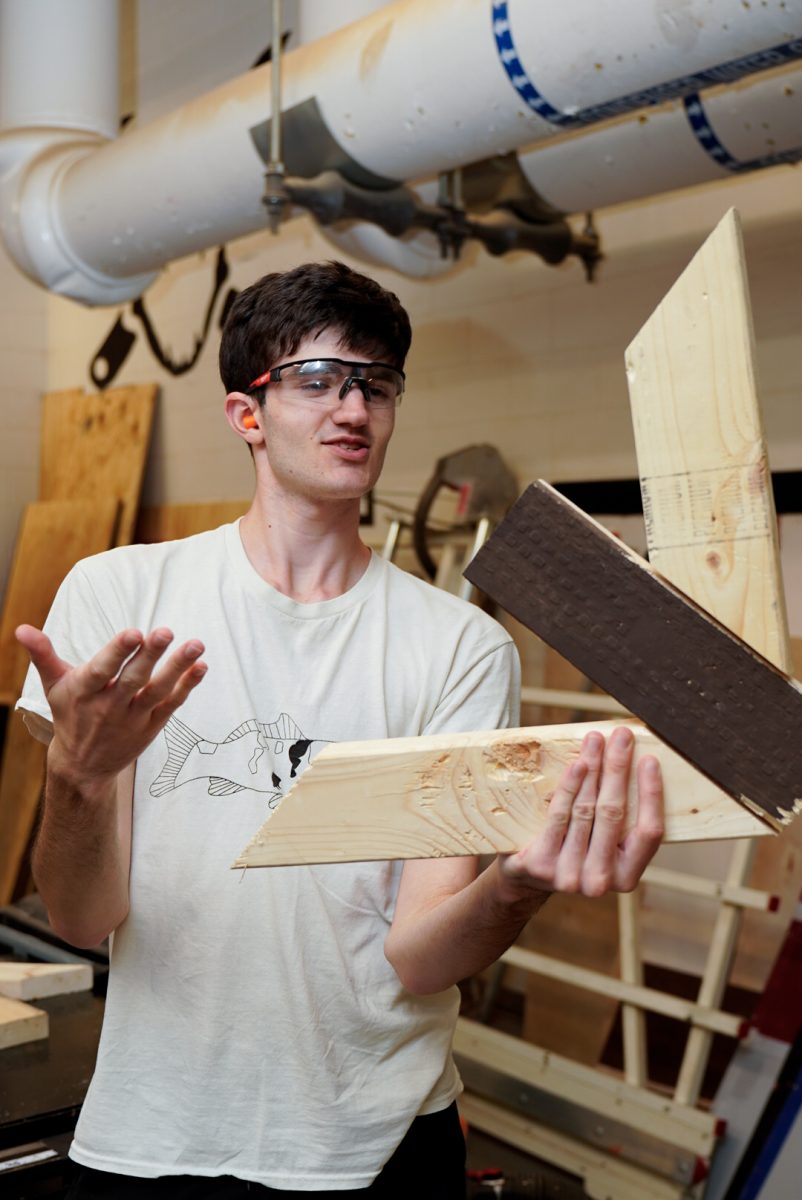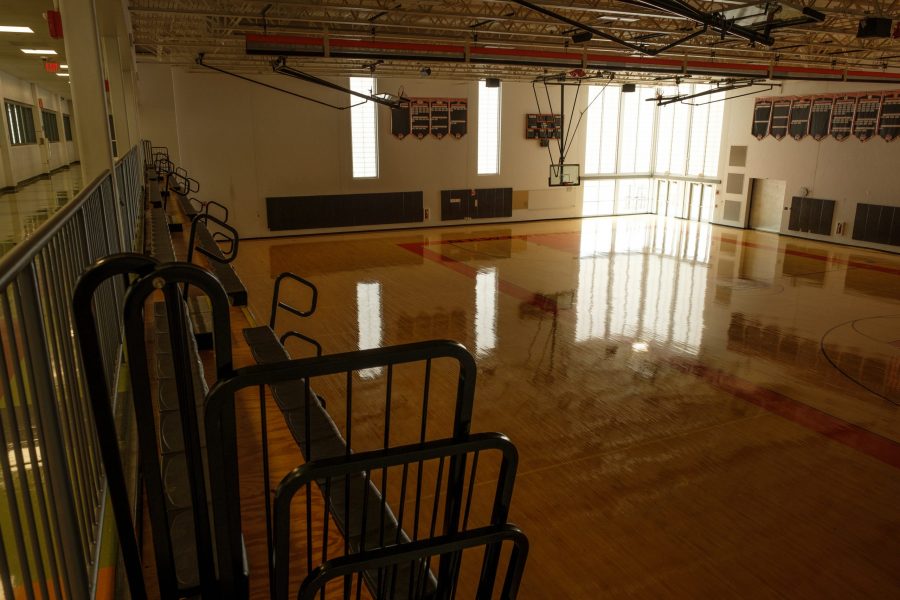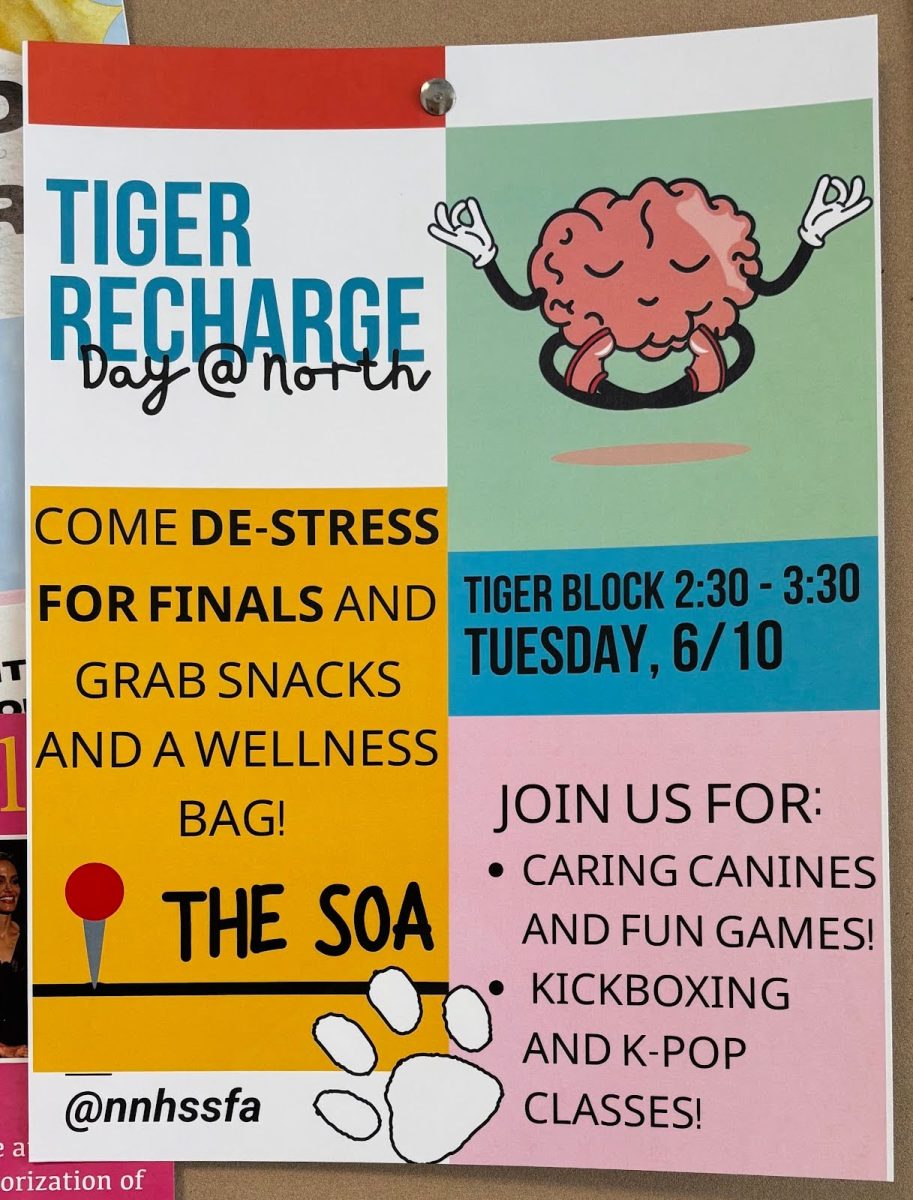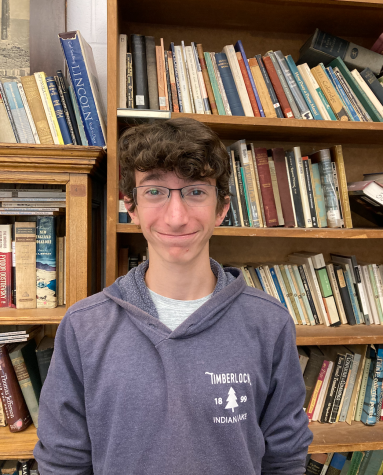This interview has been edited for clarity and concision.
Q: Do you expect that high schools will be back in-person by the end of the school year?
A: We have a group right now that’s working very hard, and certainly I would expect yes. I think they have some sort of plan, so I would hope and expect yes.
Q: When specifically do you imagine we will transition to in-person learning?
A: I look forward to hearing the group’s recommendations. I’m certainly consulting with them, but I would say as soon as we have a plan that is workable that addresses both the academic and social and emotional needs of students, but I would hesitate to give a specific date right now.
Q: What motivated your choice to bring various school levels back in-person while leaving others fully virtual?
A: I would say that there were a range of reasons. Elementary, we had models that worked. We had an elementary model that could work right away with students in-person and at a distance learning academy. Middle school, we had to finalize our staffing, which took a little bit of time, but, you know, we’re opening our middle schools for in-person in a few weeks. In high school, we had a range of challenges associated with some space issues and some staffing issues, and we just needed more time to figure it out. But I’m hopeful that students are doing well in each of the models. I certainly understand the social and emotional challenges of students not being in school. On the social and emotional side, I think not being in school is particularly challenging. It’s not ideal, none of the conditions are ideal. Learning with masks on and sitting six feet apart is not ideal, but I think having some human connection can be helpful.
Q: You said earlier this year that the reason North is online is because there aren’t enough teachers who are able to be in classrooms. Could you explain that?
A: That’s one reason. There are multiple reasons. There are multiple challenges that we needed to figure out. Staffing was one—we wanted to make sure we had equitable access between distance and in-person. We also had some space issues because we have many classes at North that have more than 24 students, which meant it was hard to bring half the students in, so there were a lot of issues that have to get resolved as we figure it out, and that’s what this group’s gonna do right now. There’s been a lot of preparation already, but the group that we have looking at it now represents a lot of different interests, and can kind of study, a little bit, what’s working and what’s not in other places.
Q: So how is the district working around the specific problem of there not being enough teachers in classrooms?
A: We’re looking at different schedules. For example, can we have people Zoom in from different parts of the building? That’s something that we’re looking at right now. That’s what’s being studied right now. There are a few different models, so that’s being examined right now and continues to be looked at.
Q: What protocols would be put in place to prevent the spread of the virus if schools resume in-person learning?
A: I think we can learn a lot from our elementary schools, where wearing masks and social distancing and washing hands frequently and staying out of school when you’re sick. I think we’ve learned from our elementary schools and learned from other schools across the country that if you follow these pillars of health, and students behave themselves outside of school—I think the outbreaks that we’ve seen are probably from certain things that happen outside of school, not in school—so as long as students follow the pillars, I would be hopeful. And as long as the numbers stay relatively low, as you know we’re seeing a little bit of a spike, but as long as they stay low, or relatively low, we’re hopeful.
Q: Is the district investing in plexiglass or other preventative measures?
A: Not right now, no. We’re really sticking to the health pillars. We have some plexiglass in some offices, a little bit, but we’re really sticking to the health pillars. That’s what most health experts advise.
Q: The NTA has expressed concerns over the HVAC system in NPS schools. Are you confident in North’s air systems, or will you be re-evaluating them?
A: There’s been a lot of work done over the last few weeks, and you can check online, all the work that’s been done with our HVACs. There’s been a lot of thorough work on our HVAC.
Q: If we do return to in-person learning, how similar to the original hybrid plan will our in-person plan be?
A: I think they’re looking at a number of models. I would expect that we would have longer classes and fewer transitions. That’s what I would expect in one of these models, but that’s what the group is gonna look at. Right now our administrative team is looking at a number of models. It could be what was in the original. My sense is we want students to remain with their current teachers, so I think there would be some similarities to the current schedule, but that’s to be finalized.









































